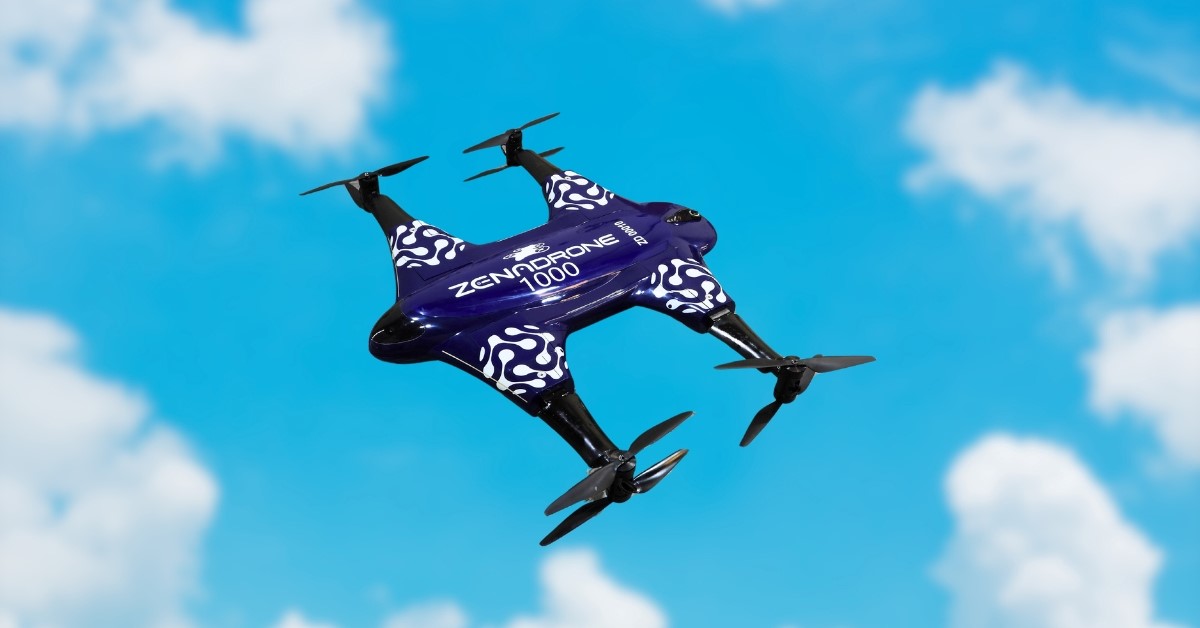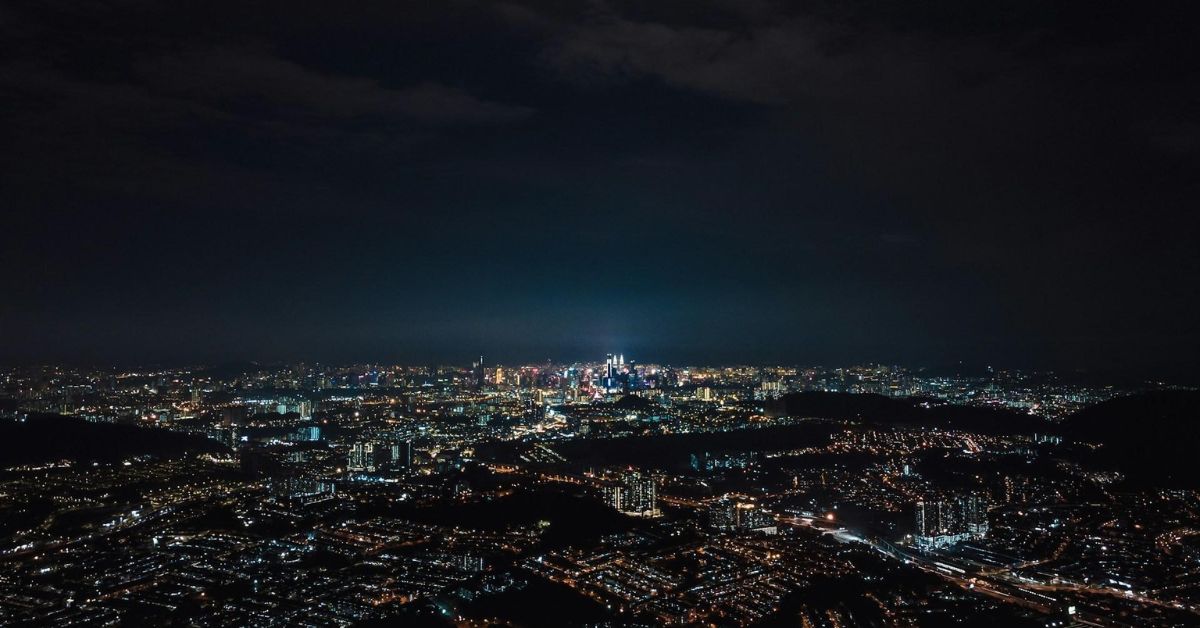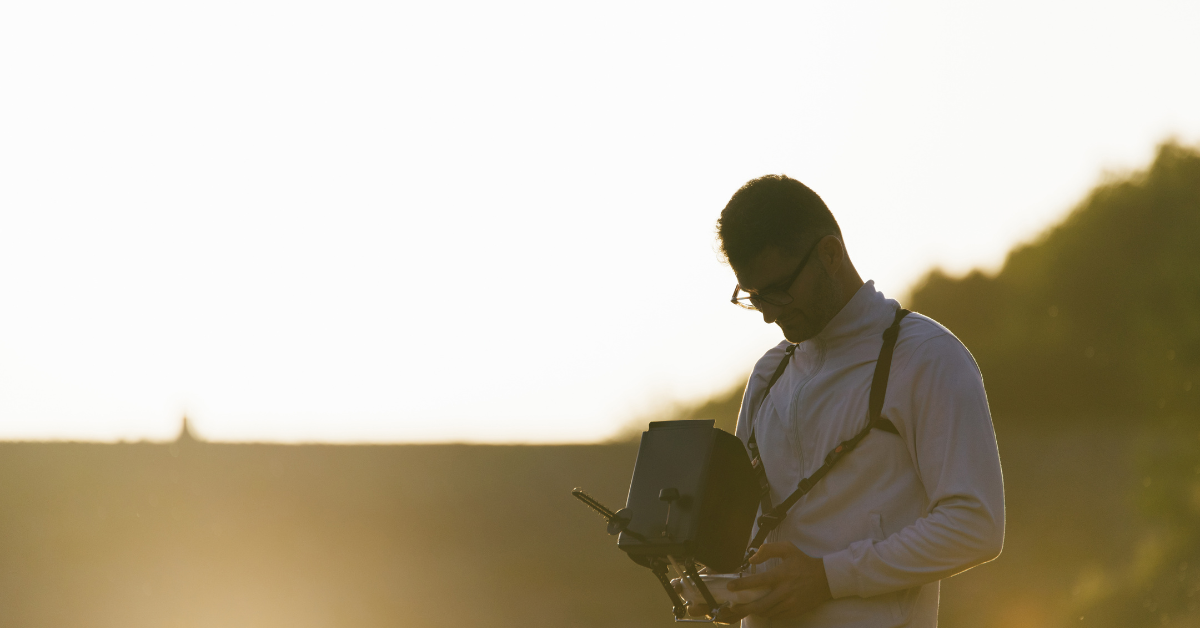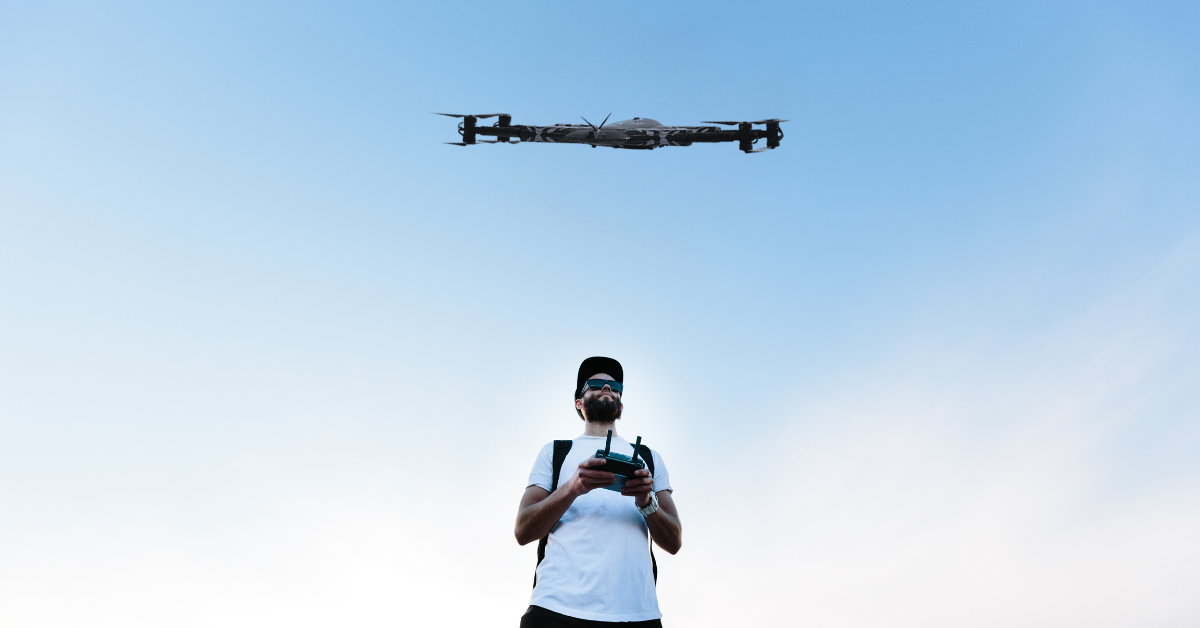Top Tips for Using Drones with Cameras for Aerial Photography
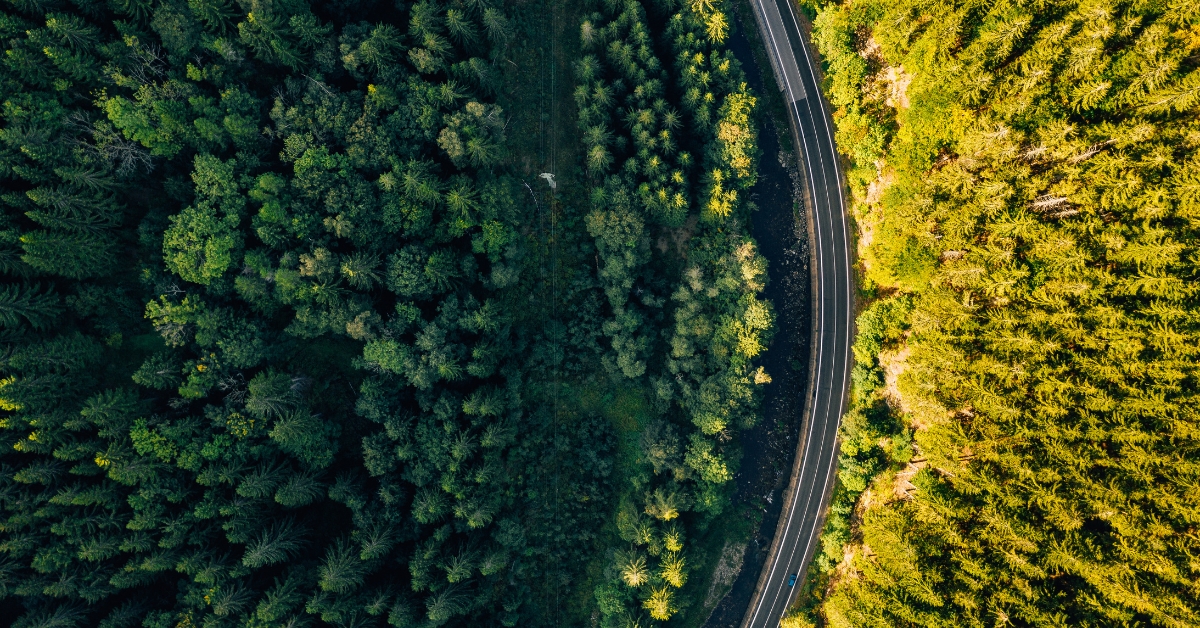
Whether you’re involved with filmmaking or just a casual cinephile, you might have been impressed with scenes that have halted you on your tracks due to their outstanding cinematic aerial shots. These cinematic aerial shots have been achieved using unmanned aerial vehicles (UAVs), or popularly known as drones. Generally, the modern drone is equipped with high definition cameras which the film industry benefits the most. Countless movies, news stories, and other film recordings have been made possible because of the ever dynamic drone technology.
This article will focus on the history of drones and their evolution toward becoming one of the most important tools in the film and visuals industry.
Read through until the end to learn all the relevant tips for using drones with cameras, which will greatly benefit anyone in independent filmmaking or Hollywood’s major motion pictures.
When Were Drones First Used in Film?
Drones have long been introduced into film production for a considerable time. The film industry has been using them since the 1980s – albeit the drones of the past were heavy, noisy, and expensive, making them a luxury to employ.Only in the early 2000s did drones become increasingly available and affordable for motion pictures. The rise of commercial-grade drones has led to the development of compact and lightweight drones with camera.
However, drones continued to develop to become more accessible, economical, and sophisticated. They are now integrated into film production in independent films or Hollywood blockbusters.
Kinds of Drones are used in the Film Industry
Drones play a vital role in film recording, editing and production. The stunning aerial shots it captures become iconic breathtaking backgrounds that gives the movie a unique advantage. Using its different attachment, it becomes easier to record sceneries crucial for interesting angles and shots. Drones as to purpose are classified into the following:
1. Drones with cameras
Camera drones are the most ubiquitous out of the bunch. These are multi-rotor drones equipped with high-resolution cameras for aerial footage. They can capture a wide range of shots due to their versatility.
2. Fixed-wing drones:
These are used less commonly than camera drones, but these fixed wing drones can cover larger areas in a single flight. Due to their capacity for longer flight duration, they can be used to capture aerial footage or tracking shots over vast distances.
3.Heavy-lift Drones:
These drones are made to tow heavy camera gear, like specialized rigs for LiDAR scanning or 3D mapping, allowing filmmakers the capacity to record footage using professional-grade equipment.
4.Custom-built Drones:
If the occasion arises, filmmakers may commission custom-built drones to execute their specific needs. Specialized cameras or other attachments may be mounted on the drones to achieve unique flight characteristics or shots.
Every drone type provides advantages that film producers may leverage for their needs. Considerations such as filming location, budget, payload requirements, and desired footage all factor in deciding what type of drone should be used.
Tips for Using Drones in Filming
The world has witnessed how drones with cameras provided a paradigm shift in photography and videography. Hobbyists and professionals can benefit from mastering how to manipulate drones for creative aerial views and footage.
Here are some tips to help you elevate your drone photography skills and capture stunning aerial shots.
1. Know Your Drone:
It is essential to familiarize yourself with the drone of your choice. Before taking flight, know the technical aspects of your drone, such as its capabilities, controls, and camera settings, to maximize your operations and to help make informed decisions while shooting.
2. Know the Basics:
This is particularly important for those who are uninitiated from flying drones. Practice the basics of drone flight in spaces with minimal obstructions to get the hang of it. You can amp up the challenge by learning to maneuver smoothly and confidently in various weather conditions and altitudes.
The competency you’ll gain will help you navigate challenging environments and precisely capture dynamic shots.
3. Scout Your Locations:
Part of planning your shots is scouting locations. You can also utilize mapping tools and software to plot flight paths. Efficient exploration of your desired shooting locations will help you discern optimal lighting conditions and identify points of interest.
4. Experiment with Composition:
Beyond building competency in operating drone flight, you can experiment with composition and apply standard techniques such as symmetry or the rule of thirds to make your shots more compelling. You can experiment with different angles and altitudes for more depth and dimension.
5. Explore Post-Processing:
Post-processing tools such as creative filters, exposure compensation, and color correction help enhance your aerial photos. You can use them to achieve the mood or visual appeal you want to elicit from your audience.
6. Maintain Stability:
As dynamic as a drone’s movement can be, it is crucial to ensure your drone’s flight and camera platform are stable to capture steady and precise shots. You can use propeller guards to reduce vibrations or opt for high-grade stabilizing equipment. Calibrate your drone regularly and avoid erratic movements that can impair the quality of your photos – unless that is the shot you are after.
7. Keep the Regulations in Mind:
Know your community and your shooting location’s airspace regulations and the guidelines on drone activities. Using drones for commercial purposes, including filming and photography, may require some licensing or certificate from a regulatory agency. Ensure proper drone use by complying with safety protocols and respecting privacy limitations.
8. Don’t be discouraged :
Drone photography is a skill that must be continually practiced and pursued. Even if your shots end up not being what you want, it is through patience and putting in the necessary effort that you can set yourself toward improvement. Accept setbacks, and don’t be discouraged to try out new approaches in your aerial photography.Additionally, mastering photo editing can significantly enhance the quality of your drone images, allowing you to highlight details and correct any imperfections.
The Bottomline: Soar Higher through Drones With Camera
Drones with cameras have become indispensable tools in the entertainment industry and have ushered new avenues in visual storytelling. Their use calls for a blend of practical experience, technical know-how, and a creative vision. Although drones have been introduced to filmmaking for some time already, you can still tap into their transformative power to continue expanding the creative possibilities in aerial photography.






